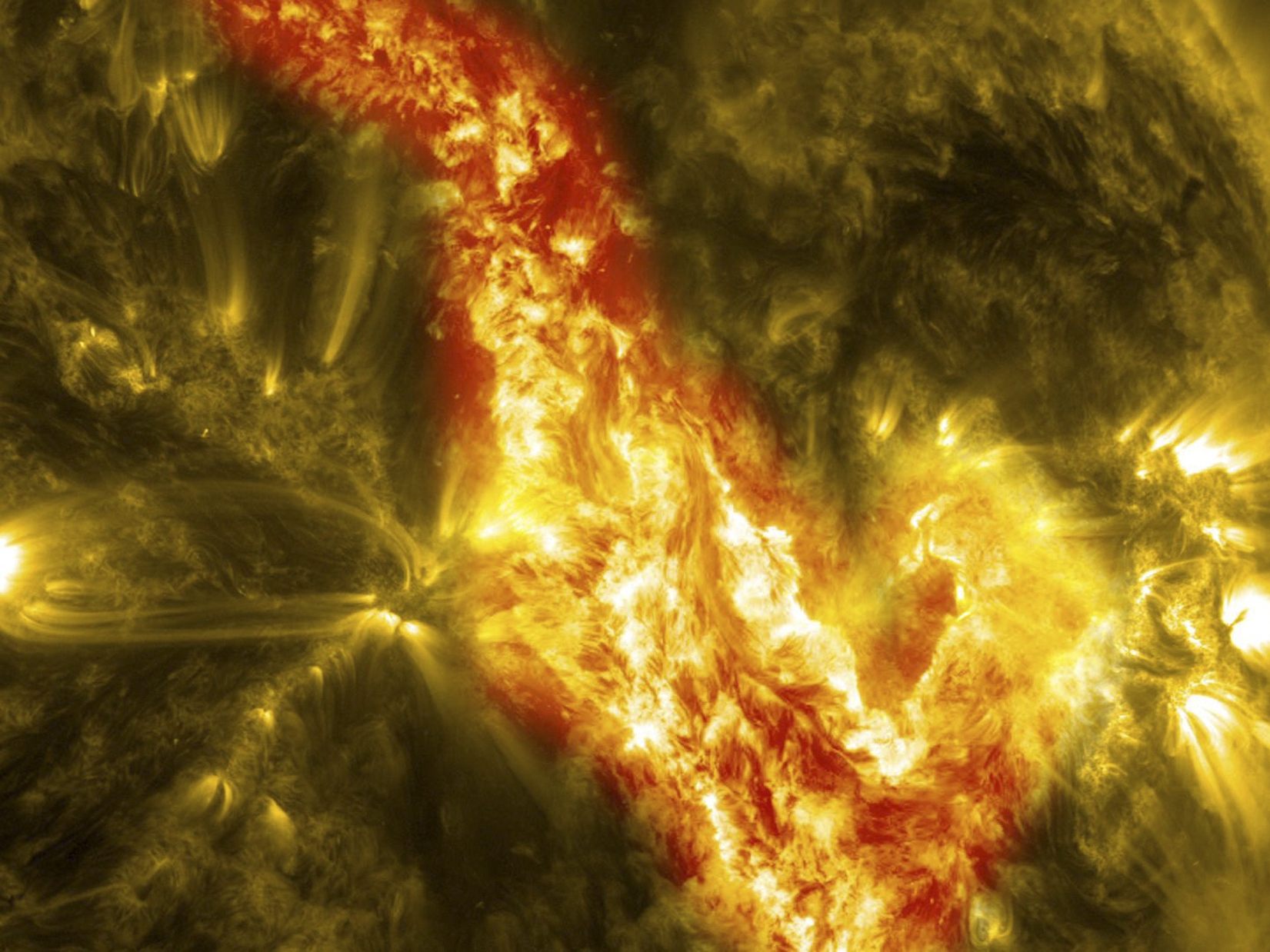Hot Plasma Wall Discovered at the Edge of the Solar System

A "firewall" of over 30,000 degrees hot plasma separates our solar system from interstellar space.
NASA's Voyager probes have made a surprising discovery at the outermost edge of the solar system. They encountered an invisible but extremely hot plasma wall that forms between the solar wind and the interstellar medium. This zone – known as the heliopause – marks the transition from our solar system into the space between the stars.
The Discovery of the Plasma Wall
The two Voyager probes were launched into space back in 1977 and are now over 20 billion kilometers away from Earth. At the heliopause, they encountered a zone where temperatures range between 30,000 and 50,000 Kelvin. The plasma wall is created by the interaction of solar radiation and interstellar particle flow – a kind of "boundary layer" with physically unique conditions.
Why the Discovery is Important
For science, the hot plasma wall provides valuable information: It shows how far the sun's sphere of influence extends – and how our solar system shields itself from cosmic radiation from the outside. This data also helps researchers better understand the structure of similar star systems.
What This Means for Space Travel
Despite the extreme temperature, the plasma wall does not pose a direct threat to space probes – its density is very low. Nevertheless, the region is significant for future interstellar missions: Any spacecraft that wants to leave the solar system must pass through this zone – a factor that could increasingly influence technical systems in the future.
Questions and Answers About the Plasma Wall
What is the heliopause?
The heliopause is the boundary of the sun's sphere of influence, where the solar wind meets the interstellar medium and forms a kind of protective bubble around the solar system.
Why is the discovery of the plasma wall important?
It provides new insights into the structure of the solar system and the conditions that spacecraft can expect when leaving the solar system.
Is the plasma wall dangerous for spacecraft?
Despite its high temperature, the density of the plasma wall is so low that it poses no threat to spacecraft like the Voyager probes.
How does the plasma wall affect life on Earth?
The plasma wall acts as a shield against cosmic radiation, which could otherwise affect life on Earth.
What further discoveries could follow?
The exploration of the plasma wall and interstellar space could lead to new insights into the structure of the universe and the conditions for interstellar travel.
Info:
Die von den Voyager-Sonden entdeckte Plasmawand befindet sich an der sogenannten Heliopause – dem äußeren Randbereich des Sonnensystems. Dort trifft der Sonnenwind auf das interstellare Medium und wird abrupt abgebremst und verdichtet. Durch diese Wechselwirkung entsteht eine Zone aus extrem heißem, ionisiertem Gas mit Temperaturen von bis zu 50.000 Kelvin. Obwohl sie als „Wand“ beschrieben wird, ist die Zone nicht fest, sondern besteht aus sehr dünnem, aber energetisch aufgeladenem Plasma. Ihre Erforschung hilft, die Grenzen des Sonnensystems besser zu verstehen und künftige Raumfahrt über das Sonnensystem hinaus vorzubereiten.This article has been automatically translated, read the original article here.





